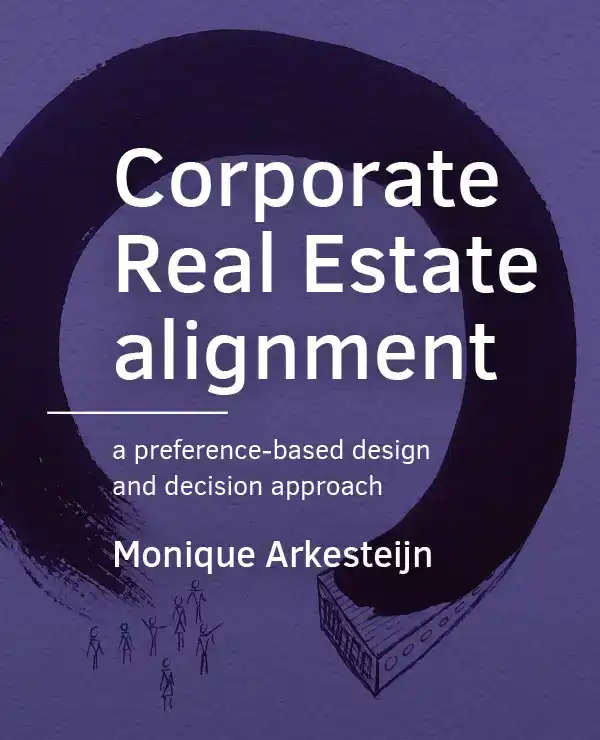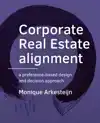- Engels
- Pockets
- kunst algemeen
- bouwkunst, archit.
- CORPORATE REAL ESTATE ALIGNMENT
ARKESTEIJN, MONIQUE
CORPORATE REAL ESTATE ALIGNMENT
29,95incl BTW
Vertrouwd sinds 1927
Persoonlijke aandacht en advies
Vanaf 17,50 gratis verzenden NL & BE
Meer dan 150.000 artikelen online
Omschrijving CORPORATE REAL ESTATE ALIGNMENT
One of the long-standing issues in corporate real estate (CRE) management is the alignment of an organization''s real estate to its corporate strategy. In the last thirty years, fourteen CRE alignment models have been developed. In these models the o
bjective is to become ''more aligned'' and in some of them the target is maximum or optimum added value. Extensive research into these models provided valuable insights into building blocks, components and variables that are needed in the alignment p
rocess. But these models fall short in two ways. Most models pay little to no attention (1) to the design of new CRE portfolios and (2) to the selection of a new CRE portfolio that adds most value to the organization.
With the development of a ne
w approach, the Preference-based Accommodation Strategy design and decision approach (PAS), this research addresses the deficiencies of previous alignment models that either place too much emphasis on financial measures or lack clarity in decision ma
king due to the difficulties of quantifying the intangible and subjective. The main research question is: How can the PAS design and decision approach successfully be developed and used on corporate real estate portfolio level in order to enhance CRE
alignment?
The originality of this research lies in two main novelties. Firstly, by defining value as technically equivalent to preference. Secondly, by using a design and decision approach for the alignment problem. The applied Preference-Based
Design procedure enables stakeholders to design and select alternative CRE portfolios. By doing so, stakeholders are able to determine the added value of new CRE portfolios. PAS is tested successfully and evaluated positively in three pilot studies.
bjective is to become ''more aligned'' and in some of them the target is maximum or optimum added value. Extensive research into these models provided valuable insights into building blocks, components and variables that are needed in the alignment p
rocess. But these models fall short in two ways. Most models pay little to no attention (1) to the design of new CRE portfolios and (2) to the selection of a new CRE portfolio that adds most value to the organization.
With the development of a ne
w approach, the Preference-based Accommodation Strategy design and decision approach (PAS), this research addresses the deficiencies of previous alignment models that either place too much emphasis on financial measures or lack clarity in decision ma
king due to the difficulties of quantifying the intangible and subjective. The main research question is: How can the PAS design and decision approach successfully be developed and used on corporate real estate portfolio level in order to enhance CRE
alignment?
The originality of this research lies in two main novelties. Firstly, by defining value as technically equivalent to preference. Secondly, by using a design and decision approach for the alignment problem. The applied Preference-Based
Design procedure enables stakeholders to design and select alternative CRE portfolios. By doing so, stakeholders are able to determine the added value of new CRE portfolios. PAS is tested successfully and evaluated positively in three pilot studies.
Specificaties
- MerkBK Books
- GroepKUNST ALGEMEEN (640)
- Barcode9789463662260
- LeverstatusActief
Reviews
0.0/5.0
Gemiddelde uit 0 reviews
Meest behulpzame reviews
Nog geen reviews geschreven


